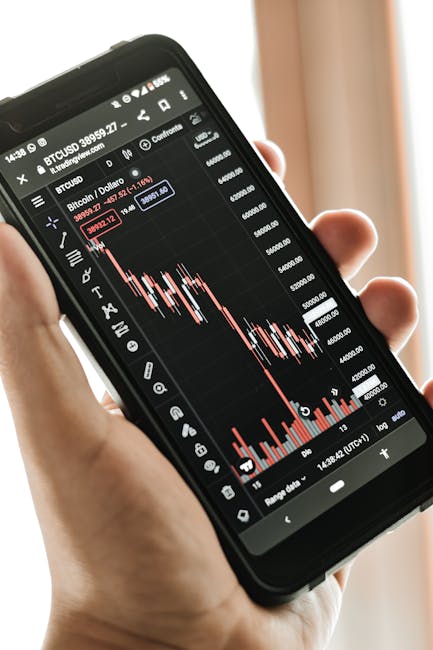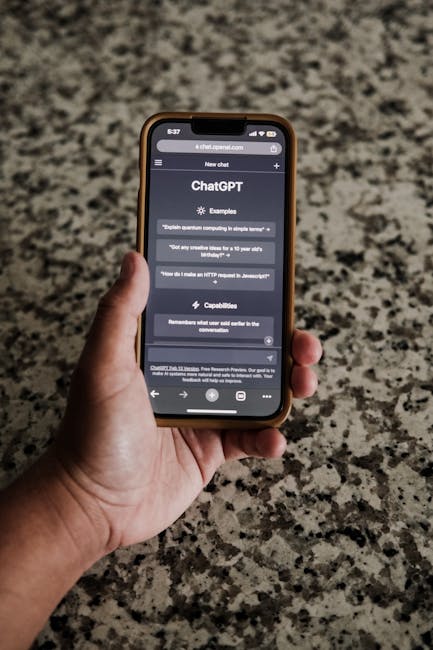Foldable phones have been a hot topic in the tech world for years, offering a unique blend of smartphone portability and tablet-like functionality. Devices like Samsung’s Galaxy Z Fold series and Motorola’s Razr have dazzled tech enthusiasts, but their high prices have limited their appeal. As manufacturers work to reduce costs, a critical question emerges: Can foldable phones go mainstream, and will business users—a key demographic—adopt them?
The Promise of Foldables
Foldable phones combine the convenience of a smartphone with the expanded screen real estate of a tablet, making them ideal for multitasking, content consumption, and productivity. For business professionals, this could mean seamless transitions between emails, video calls, and document editing, all on a single device. The ability to run multiple apps simultaneously on a larger screen could also boost efficiency, especially for on-the-go professionals.
Additionally, foldables symbolize innovation—a trait many businesses value. Companies aiming to project a cutting-edge image might see these devices as a way to stand out. However, despite their potential, foldables face significant challenges that could hinder their adoption, particularly among business users.
The Price Barrier
The most significant obstacle is cost. Foldable phones often retail for over $1,500—more than double the price of a high-end traditional smartphone. While prices have started to dip due to increased competition and manufacturing advancements, they remain out of reach for most consumers and businesses.
For businesses, the decision to invest in foldables isn’t just about the upfront cost. It’s also about ROI (Return on Investment). Will these devices significantly enhance productivity to justify their expense? Durability is another concern. Early foldables faced criticism for fragile screens and hinges, raising questions about longevity and maintenance costs. Although manufacturers have improved durability, skepticism remains.
The Business User Dilemma
Business users prioritize reliability, functionality, and cost-effectiveness. While foldables offer impressive features, they must prove their worth in real-world business scenarios. For instance, can a foldable phone replace a laptop or tablet for tasks like presentations, data analysis, or graphic design? While the larger screen is a step forward, it’s not yet a full substitute for dedicated productivity devices.
Another hurdle is software optimization. Many apps aren’t fully optimized for foldable screens, leading to awkward user experiences. For business users, this could mean wasted time and frustration—something no company wants.
The Road Ahead
For foldables to gain traction among business users, manufacturers need to address several key issues:
1. Price Reduction: Lowering costs is crucial. As production scales up and technology matures, prices are expected to drop, but they must become competitive with traditional flagship smartphones.
2. Durability: Foldables must prove they can withstand daily use, especially in demanding business environments.
3. Software Integration: App developers and manufacturers need to collaborate to ensure seamless functionality on foldable devices.
4. Use Case Demonstration: Companies must showcase how foldables can enhance productivity and efficiency in tangible ways.
Conclusion
Foldable phones have the potential to redefine mobile technology, but their success depends on several factors. While price drops could make them more accessible, convincing business users to adopt them will require more than just affordability. These devices must demonstrate clear value, reliability, and practicality in professional settings.
As the technology evolves, foldables could become a staple in the business world. But for now, they remain a niche product—an exciting innovation still searching for its place in the mainstream. Only time will tell if they can fold their way into the hearts (and budgets) of business users everywhere.




